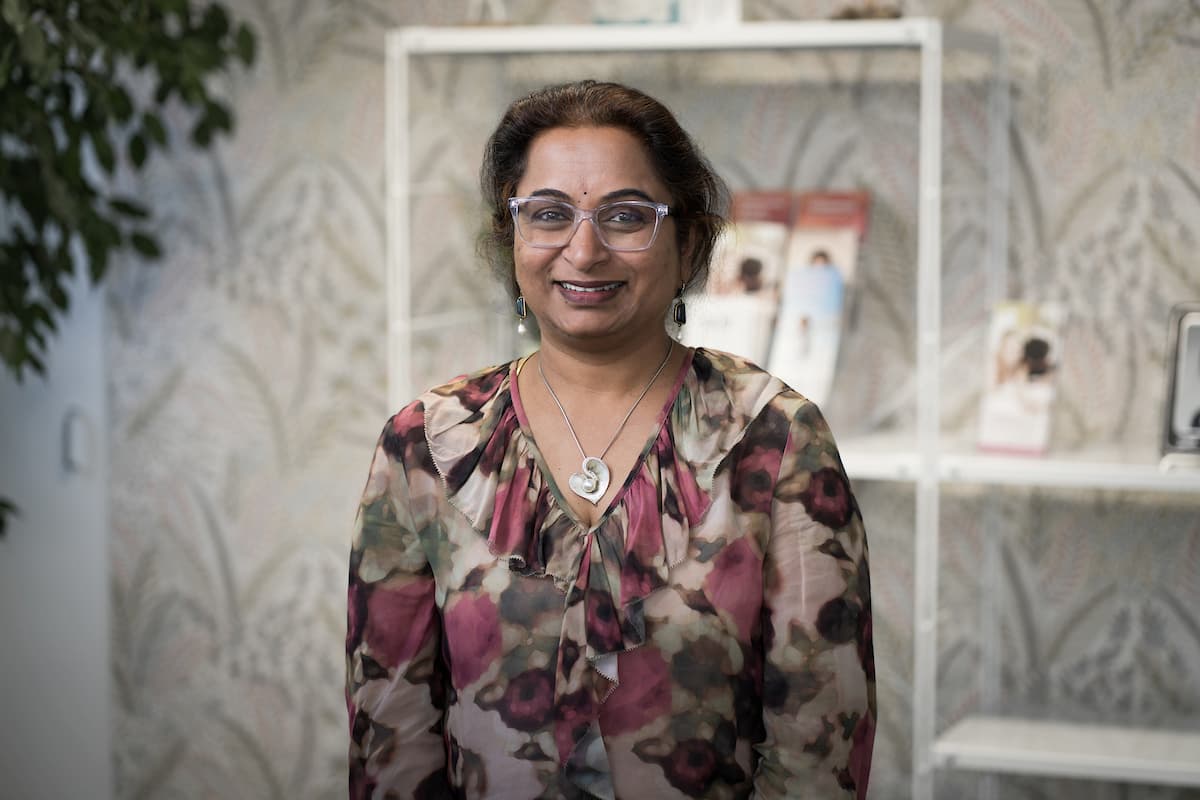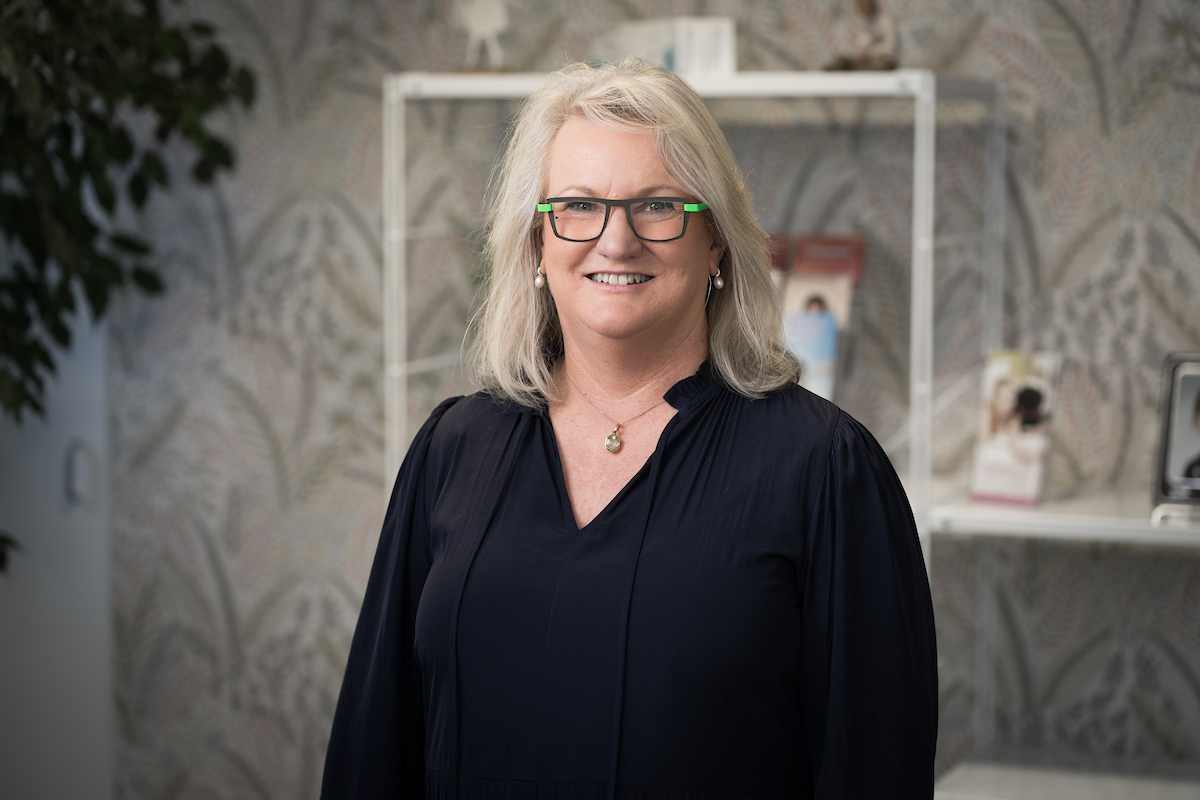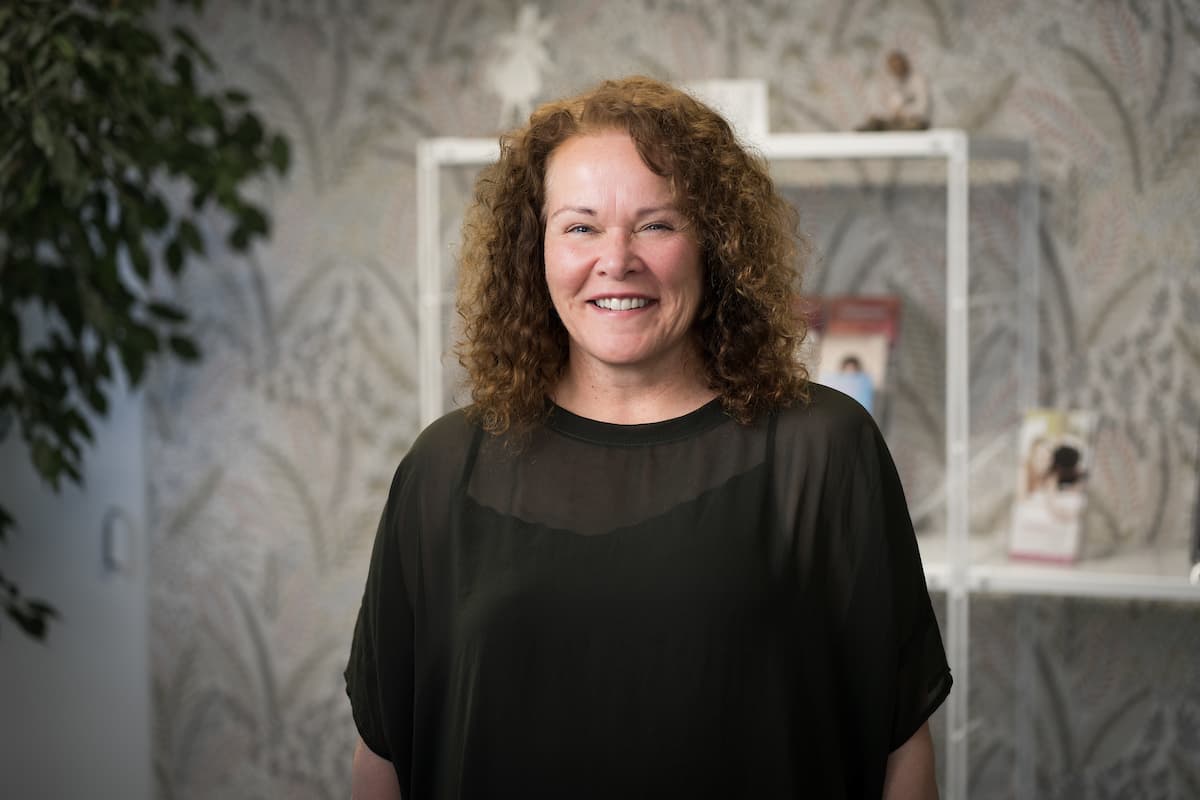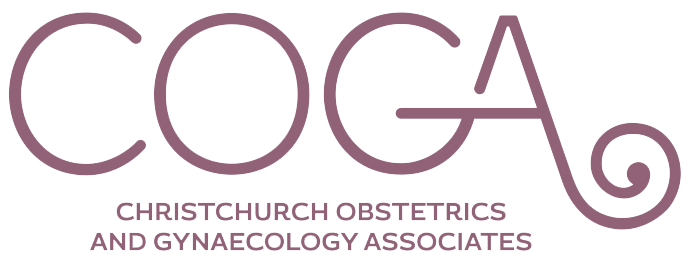What makes a great workplace for women?
If there’s one opportunity that was presented by the pandemic, it has been the chance to rethink our work lives. Where we work, how we work and increasingly, why we work all continue to attract commentary in the media and provoke soul-searching discussion around leadership tables. The upside of all this chat is that we now know a lot more about what makes workplaces, well, work for women (and surprise – what suits women actually works for everyone).
Job crafting
According to the Ministry of Business, Innovation and Employment, one in three employed women work part-time, and of those part time workers, one in five is under-employed, which is defined as both working less hours than they could, and also below the level of their skills and qualifications. For women, family commitments are often the reason for this, with flexibility required to meet household and childcare needs – or indeed, health or accessibility needs. We know better than most that women’s health issues such as painful periods, endometriosis and PCOS can severely impact one’s professional life and job satisfaction.
Job crafting can be a powerful tool for attracting and retaining excellent women in an organisation. With options for remote working, hybrid arrangements, flexible hours and job sharing, there are now many options for how a role can be set up to cater for individual needs.
Brooke Nelson, a recruitment leader at Randstadt says, “I’ve come to see that catering to individual needs doesn’t weaken frameworks but strengthens them, because when people feel they’re often happier and more productive, with employees also far more loyal and engaged.”
"...of those part time workers, one in five is under-employed, which is defined as both working less hours than they could, and also below the level of their skills and qualifications."
- MBIE
Opportunities for growth and progression
While women are seen in more leadership positions now than ever before, there is still a hefty gender gap when it comes to who gets that promotion.
New Zealand women are not only under-represented in leadership roles (33%) but also aren’t being promoted internally as frequently when compared to their male counterparts (20%), according to research done by the WEF.
As the old adage goes, “you can’t be what you can’t see.” Women need role models and aspirational colleagues whose experience they can learn from first-hand. They also need space and time to connect with counterparts, set goals and create support networks around them.
Women tend to be less inclined to ‘fake-it-til-you-make-it’ in the workplace, preferring to be quietly overqualified before going for a new role. Ensuring that good work is recognised goes a long way toward building self-esteem and confidence in the workplace – and it costs nothing more than paying attention.
Fewer awkward conversations about salary
New Zealanders are traditionally tight-lipped on the subject of salary, and standard recruitment practices have no doubt contributed to inequity in workplaces. But this is changing in some industries. The women-dominated charity sector is one of them, with New Zealand recruiters like Do Good Jobs jumping on the #ShowTheSalary movement.
By making pay more transparent, organisations can make appointment and promotion processes fairer, attract a wider pool of candidates, respect people’s time and ensure people are paid a salary that’s in line with industry standards. Better yet, it’s an active way to stop perpetuating pay gaps.
Manatu Wahine, The Ministry for Women, estimates women earn nearly $900,000 less than men over a lifetime. Closing pay gaps may allow more women to work full time hours without losing out on childcare costs – and could let us see more women working in what are usually male dominated workplaces.


It’s a vibe…
Recent research has shown that for modern job seekers, salary is important – but it’s not the most important. Flexibility and a good work/life balance are top of the list but additionally, people are drawn to positive, well-connected workplace cultures.
On the whole, women tend to appreciate feeling seen, heard and connected in the workplace. They recognise the importance of social events and getting to know their colleagues – which makes sense considering we spend so much of the day with them!
Our predominantly-female team at COGA makes an effort to connect with regular social opportunities. We love a mid-winter Christmas feast, Thursday morning teas, quiz nights (with our secret weapon) and other events as they come about during the year. To help our team feel appreciated and to recognise the importance of mental health, we also recognise birthdays with a paid day off, ensure wellbeing days are calendared into the year, and provide vouchers for nurturing activities such as massages, facials or yoga.
A word of caution though:
In a workplace, women are often the ones who arrange the social activities, birthday celebrations, morning teas or sort out farewells for departing staff members. Remember that these extra duties can weigh heavily on what can already be a busy schedule at work and at home. Ensuring these tasks are shared, perhaps with a roster to delegate leadership for each event, is a key way to reduce this strain.
Office design for everyone
Creating a great workplace for women also comes down to design. For mothers returning to the office, a dedicated space for breastfeeding is an important facet to a smooth transition. This should have a fridge, power points, and preferably a lock on the door.
Gender-neutral bathrooms may help to reduce the queues that are sometimes found in women’s toilets – and this also ensures visibility and inclusion for Rainbow staff members and visitors.
It’s pretty clear that cold, grey cubicle farms or old fashioned office designs with corporate-style mahogany furniture are not conducive to good working habits and mental health. Including colour in the office design can result in a more upbeat work environment. Timber is said to produce a sense of wellness in people, so designing with natural materials and lots of indoor planting will help produce a healthy, vibrant workplace that is likely to be more pleasant for all staff.
Meet the folk at our workplace












